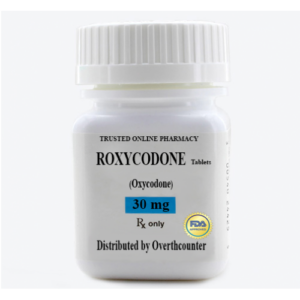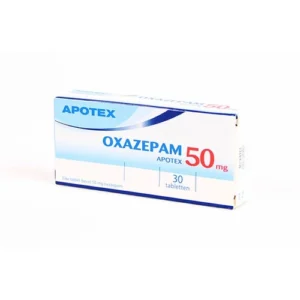Lansoprazole 30mg
£68.00
Lansoprazole is a medication that lowers the amount of acid your stomach makes. It is commonly prescribed for acid reflux, indigestion, heartburn and stomach ulcers.
Lansoprazole 30mg
Lansoprazole 15mg
INDICATE WHEN CHECKING OUT THE GRAM YOU WANT.
- MHRA-approved medication
- Join over 1.2 million customers
- Private and confidential
- Discreet next day delivery
Lansoprazole 30mg
Lansoprazole 30mg is part of a group of medications called Proton Pump Inhibitors (PPIs). PPIs work by stopping the cells that line the stomach from producing too much acid. This helps to prevent ulcers from forming. If damage or an ulcer are already present, lansoprazole assists with the healing process.
In some people, acid reflux occurs when acid escapes from the stomach up into the oesophagus (food pipe). Acid reflux leads to heartburn, a painful burning sensation in the centre of the chest. It can also leave an unpleasant taste in your mouth. As lansoprazole reduces the amount of acid being produced, it can also help to prevent acid reflux.
How is Lansoprazole Taken?
Lansoprazole Tablets
Lansoprazole is available as a tablet or a capsule. A liquid is available for children or those who have difficulty swallowing.
Lansoprazole is usually taken once a day in the morning. It is best to take it 30 minutes before a meal or snack. This is because food can slow down the absorption of lansoprazole.
The tablets should be swallowed whole with water or juice. The capsules can be opened and mixed into a little water or juice, or can be stirred into soft foods including yogurt or fruit puree.
What is the proper dosage of Lansoprazole?
Lansoprazole 15mg / 30mg
The usual dose of lansoprazole may depend on your reasons for taking it, and the severity of your symptoms.
For indigestion, acid reflux and stomach ulcers the usual dose is 15mg to 30mg every day.
Are there any side effects for Lansoprazole?
Most people who take lansoprazole will not notice any side effects. However, the most common side effects include:
- Headaches
- Nausea or vomiting (feeling sick or being sick)
- Diarrhoea, constipation or excess wind
- Stomach pain
- Itchy skin rashes
- Dry mouth and throat
- Feeling tired or dizzy.
These side effects will often settle down, but you can speak to a healthcare professional if they bother you.
Occasionally, more serious side effects can occur. You should call a doctor straight away if you experience:
- Joint pain with a red skin rash – this can be a sign of a rare condition called subacute cutaneous lupus erythematosus
- Worsening stomach pain – this could be a sign of liver or pancreas problems.
If you have a severe allergic reaction (anaphylaxis) including breathlessness, lip or tongue swelling, call 999 immediately.
Related products
Uncategorized
Uncategorized
Uncategorized
Uncategorized
Uncategorized
Uncategorized
Uncategorized
Uncategorized











